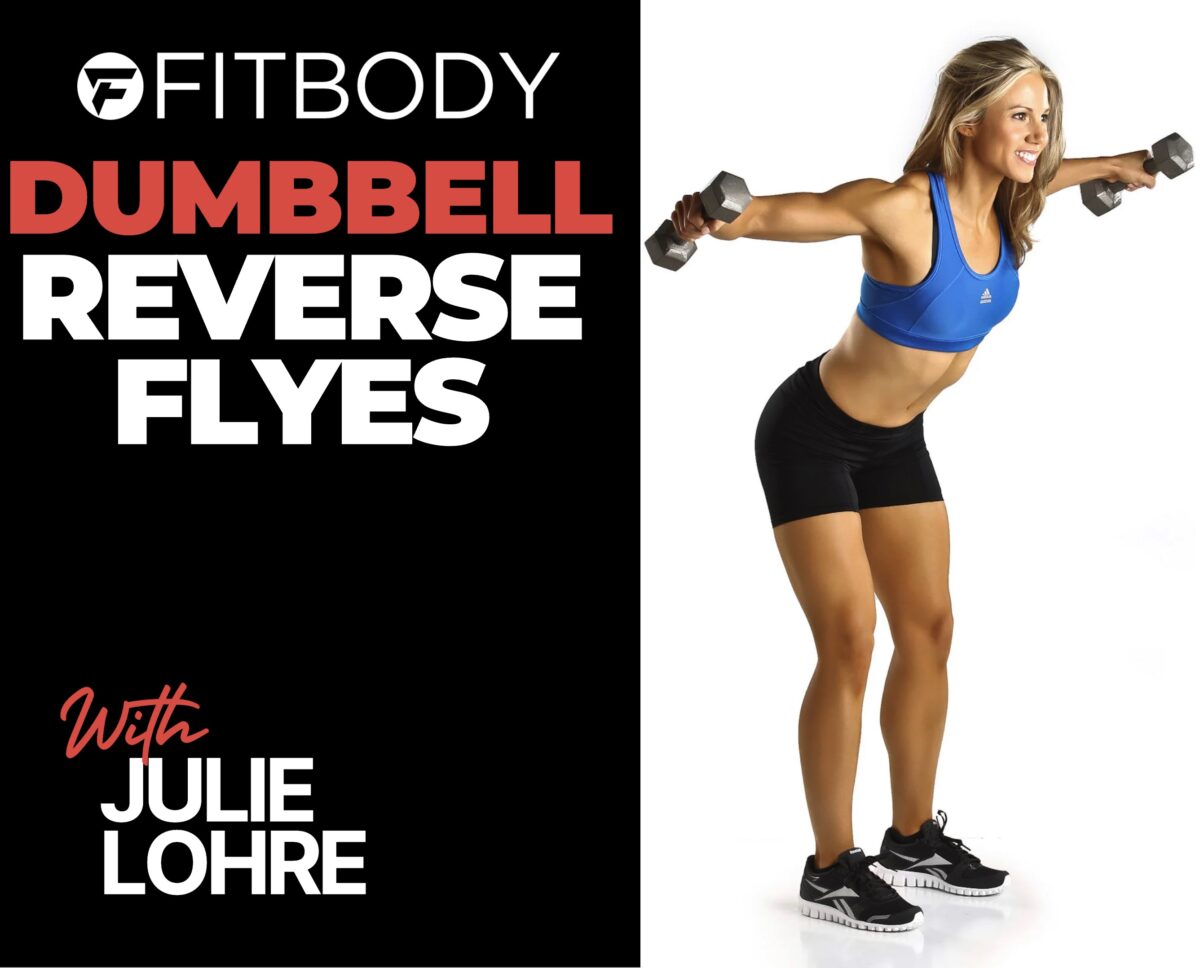How to Do Rear Delt Fly or Reverse Dumbbell Flyes
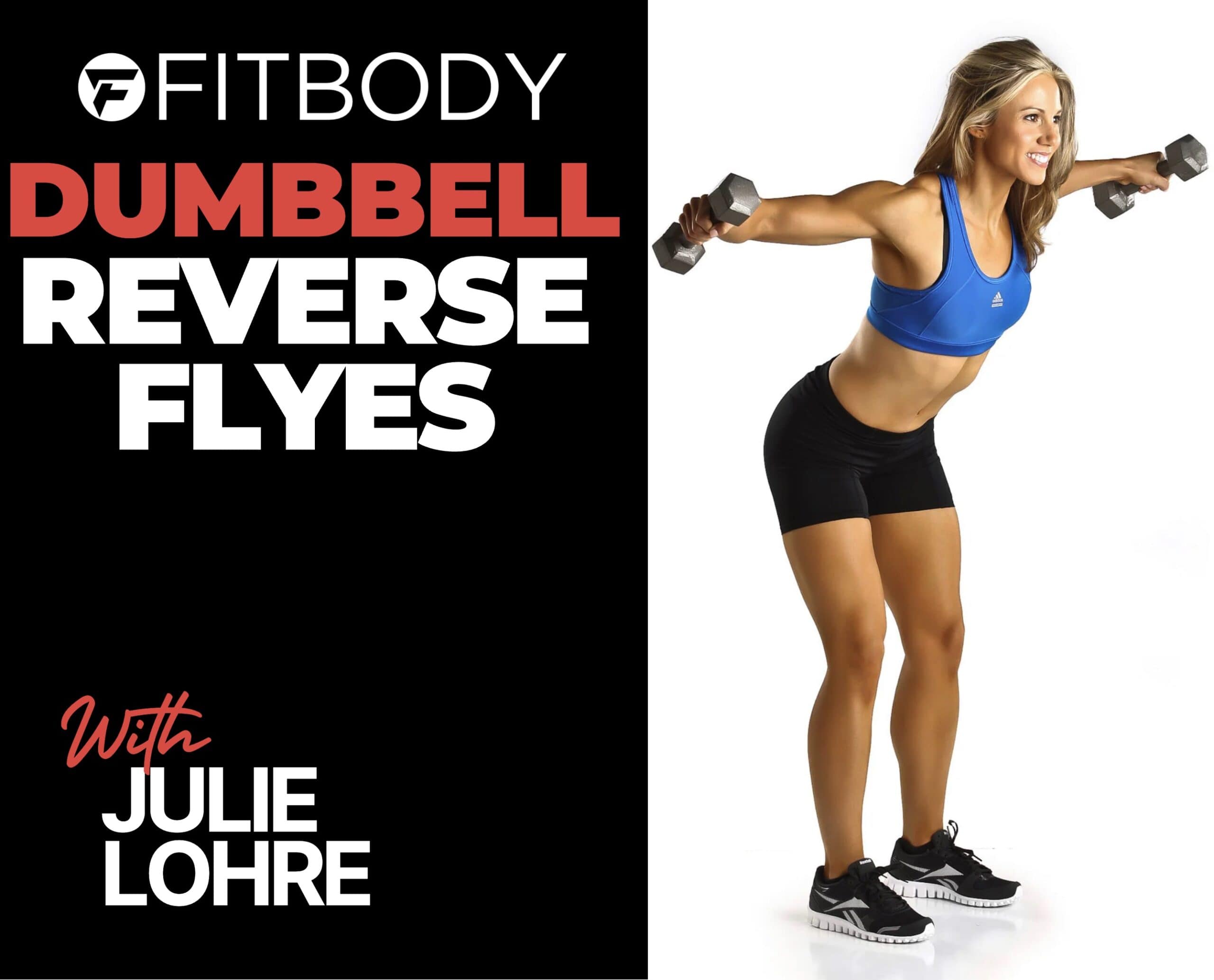
The Rear Delt Fly, often referred to as the Reverse Dumbbell Flye or the Dumbbell Rear Delt Raise, stands as a cornerstone exercise for those looking for a shoulder sculpting workout. With its precision targeting of the posterior deltoids, reverse flyes go beyond looks, offering benefits from posture correction to shoulder stability and even support functional strength. As an online fitness coach with over 20 years of experience, I aim for balanced muscular development. With a shoulder movement like the Rear Delt Fly, there is an equilibrium in muscle involvement between the anterior, medial, and posterior aspects of the shoulder girdle. In this article, I am going to take you through the specifics that make reverse flyes so important. By understanding the anatomical underpinnings, biomechanical advantages, and methodological nuances of the Rear Delt Fly, you will gain a better understanding of how and when this exercise should be included in your exercise program. With an eye toward safety and form, let’s dive in and check out specifically how to do rear delt flyes.
How to do Rear Delt Flyes with Dumbbells
Performing the Rear Delt Fly with dumbbells is an effective way to target the posterior deltoid muscles in your shoulders. It’s crucial to use proper form to maximize the effectiveness of the exercise while minimizing the risk of injury. Here’s my step-by-step guide on how to perform Rear Delt Flyes with dumbbells:
1. Choose Your Dumbbells
Select a pair of dumbbells that are appropriate for your fitness level. It’s better to start with lighter weights to focus on form before progressing to heavier dumbbells.
2. Starting Position
- Stand with your feet shoulder-width apart for a stable base.
- Hold a dumbbell in each hand with your palms facing each other.
- Hinge at your hips and slightly bend your knees, leaning forward until your torso is almost parallel to the floor. Ensure your back is straight and not rounded.
- Let the dumbbells hang directly beneath your shoulders, arms slightly bent at the elbows.
3. The Movement
- Keeping your back flat and your core engaged, exhale as you lift the dumbbells to the side in a wide arc. Your elbows should remain slightly bent throughout the movement, and your wrists should stay in a neutral position.
- Continue to lift the weights until your arms are parallel to the floor, focusing on squeezing your shoulder blades together at the top of the movement.
- Pause briefly at the top of the lift to ensure you’re engaging the rear deltoids.
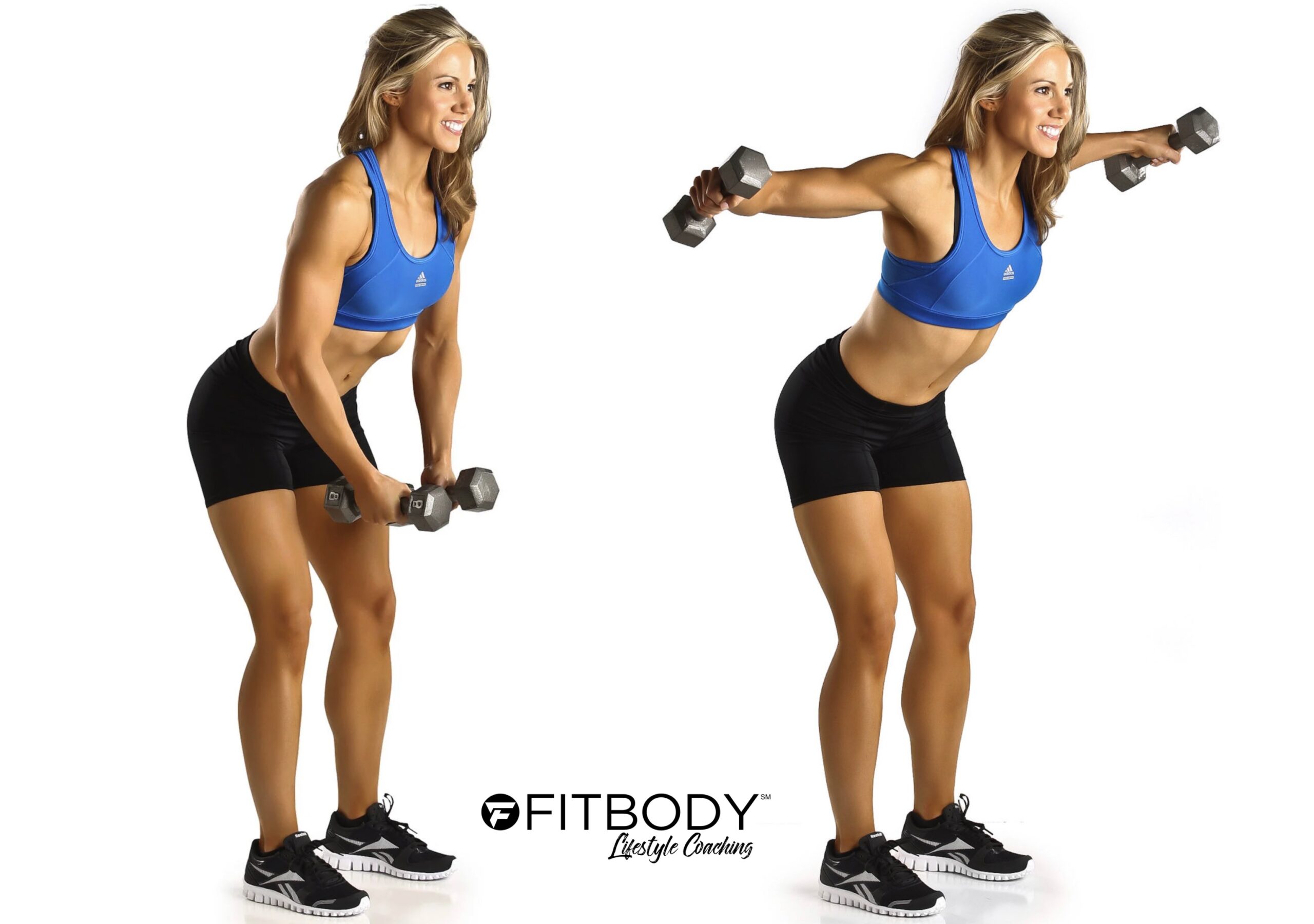
4. Returning to Start
- Inhale as you slowly lower the dumbbells back to the starting position in a controlled manner. Avoid letting the weights drop quickly; the downward phase should be as controlled as the lift.
- Ensure your movements are smooth and controlled, avoiding any jerking motions.
5. Repetitions
- Perform the exercise for the recommended number of repetitions, typically 8-12 reps for muscle building, adjusting as necessary based on your fitness level and goals.
Julie’s Tips for Effectiveness and Safety with Reverse Flyes
- Keep your neck in a neutral position, aligned with your spine, to avoid strain.
- Avoid using momentum to lift the weights; the movement should come from the shoulder muscles rather than swinging the weights.
- Adjust your torso angle slightly to find the position that best targets your rear deltoids while keeping comfortable.
- Start with lighter weights to focus on form and prevent injury, especially if you’re new to this exercise.
- If you experience any pain, especially in the shoulder or back, stop the exercise and consult with a fitness professional.
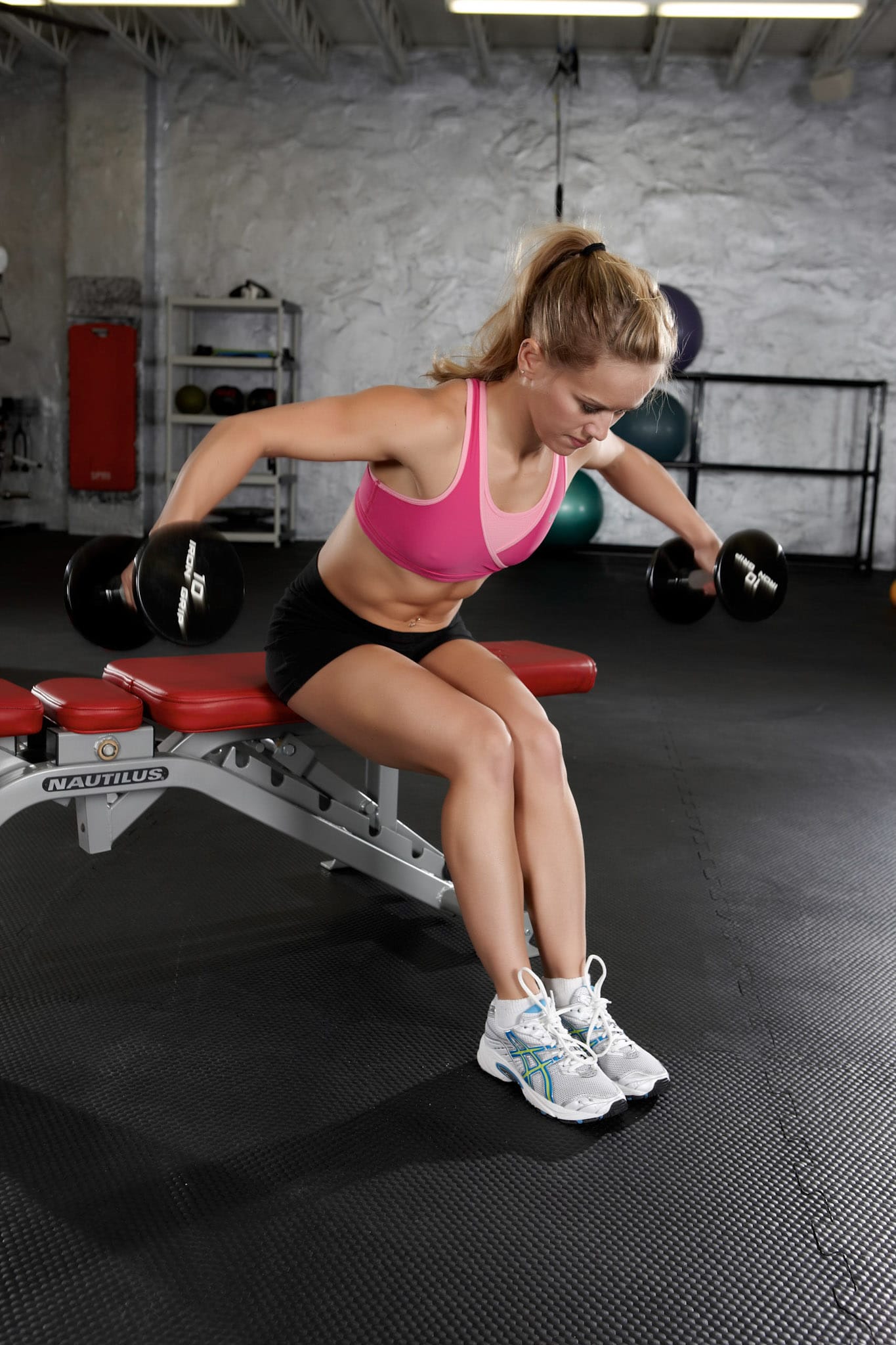
Benefits of the Reverse Flye
The Rear Delt Fly, one of my favorite exercises in shoulder training, offers a myriad of benefits that extend beyond the confines of aesthetic muscle development. Influencing both the form and function of the upper body, reverse flyes offer to a wide spectrum of objectives ranging from health and wellness to peak athletic performance.
Rear Delt Flyes Contribution to Shoulder Strength, Stability, and Aesthetics
The reverse dumbbell flye exercise targets the posterior deltoids, a critical muscle group that plays a vital role in the overall architecture of the shoulder. By engaging these muscles, the Rear Delt Fly contributes significantly to the shoulder’s strength and stability. This, in turn, enhances the shoulder’s capacity to perform a variety of movements and exercises with greater efficiency and less risk of injury. From an aesthetic standpoint, well-developed rear deltoids contribute to a more balanced and proportionate upper body, highlighting the contours of the shoulder and creating a visually striking silhouette that is often sought after in physique sculpting.
Reverse Flye Benefits for Posture Correction
With so many having a sedentary lifestyles and sitting at desks for big parts of the day, posture-related issues have surged. The Rear Delt Fly addresses these concerns head-on by strengthening the posterior shoulder muscles and the upper back. This strengthening effect counteracts the tendency towards a forward slouch or rounded shoulders, common postural deviations resulting from weakened posterior musculature. Regular incorporation of this exercise into one’s routine can lead to significant improvements in posture, which not only enhances physical appearance but also mitigates the risk of chronic pain and musculoskeletal disorders.
Rear Delt Flyes Can Alleviation Shoulder Pain
Shoulder pain, often a byproduct of imbalances in muscle strength and usage, can be markedly reduced through the strategic strengthening of the rear deltoids. The Rear Delt Fly aids in equalizing the forces exerted across the shoulder joint, distributing load more evenly and preventing the overuse of certain muscle groups. This balanced muscular development is crucial for maintaining joint health and function, ultimately contributing to a reduction in discomfort and pain experienced in the shoulder region.
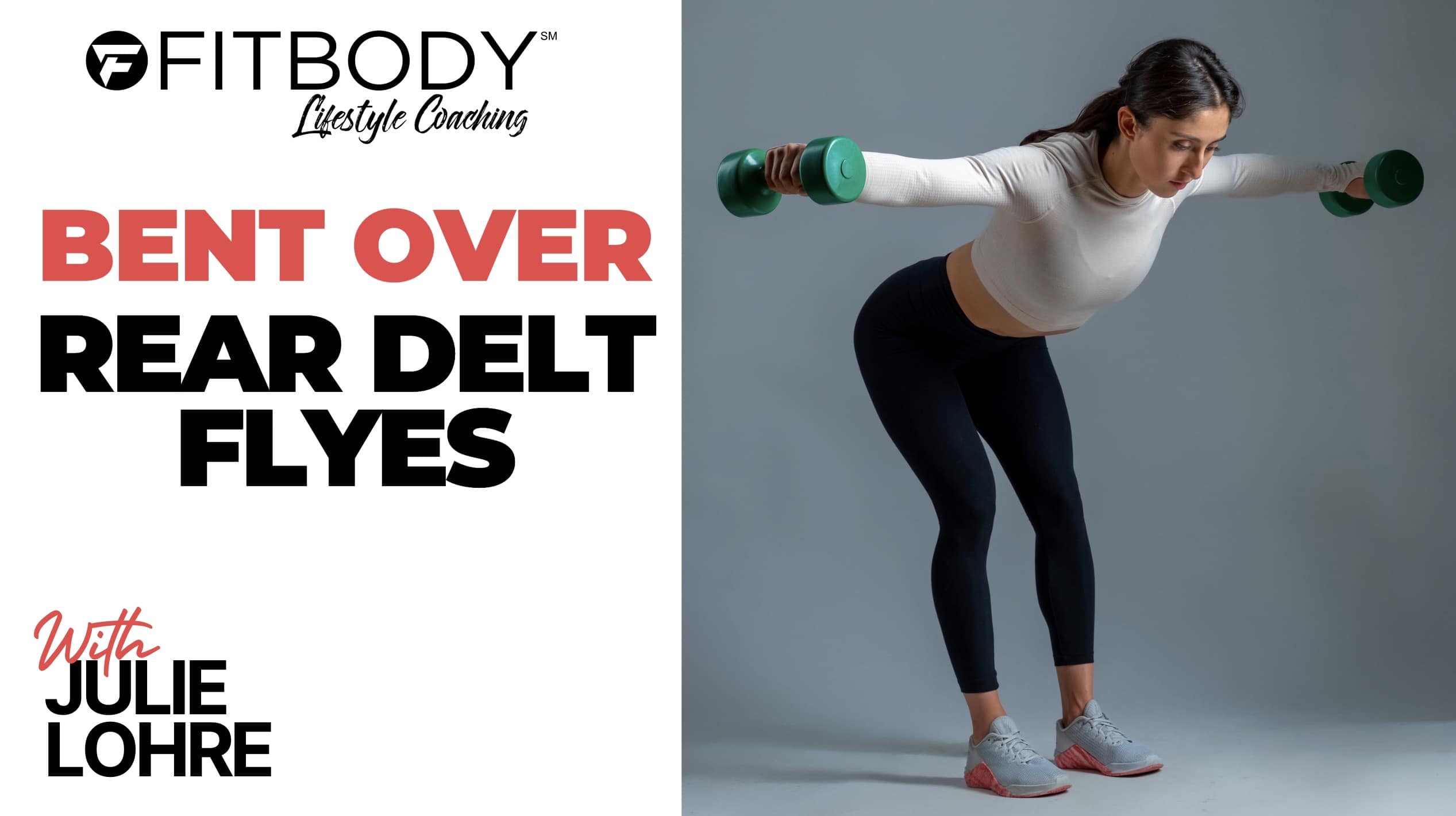
Bent Over Reverse Flyes Enhance Athletic Performance
Athletes across a spectrum of disciplines can reap substantial benefits from incorporating the Rear Delt Fly into their training regimens. The exercise’s positive impact on shoulder strength and stability directly translates to improved performance in sports and activities that require upper body power, endurance, and precision. Furthermore, by increasing the range of motion and fostering balanced muscular development, the Rear Delt Fly plays a pivotal role in injury prevention. A well-conditioned shoulder is less susceptible to common athletic injuries such as strains, sprains, and rotator cuff issues, thereby allowing athletes to pursue their training goals with minimized downtime.
What muscles do reverse flyes work?
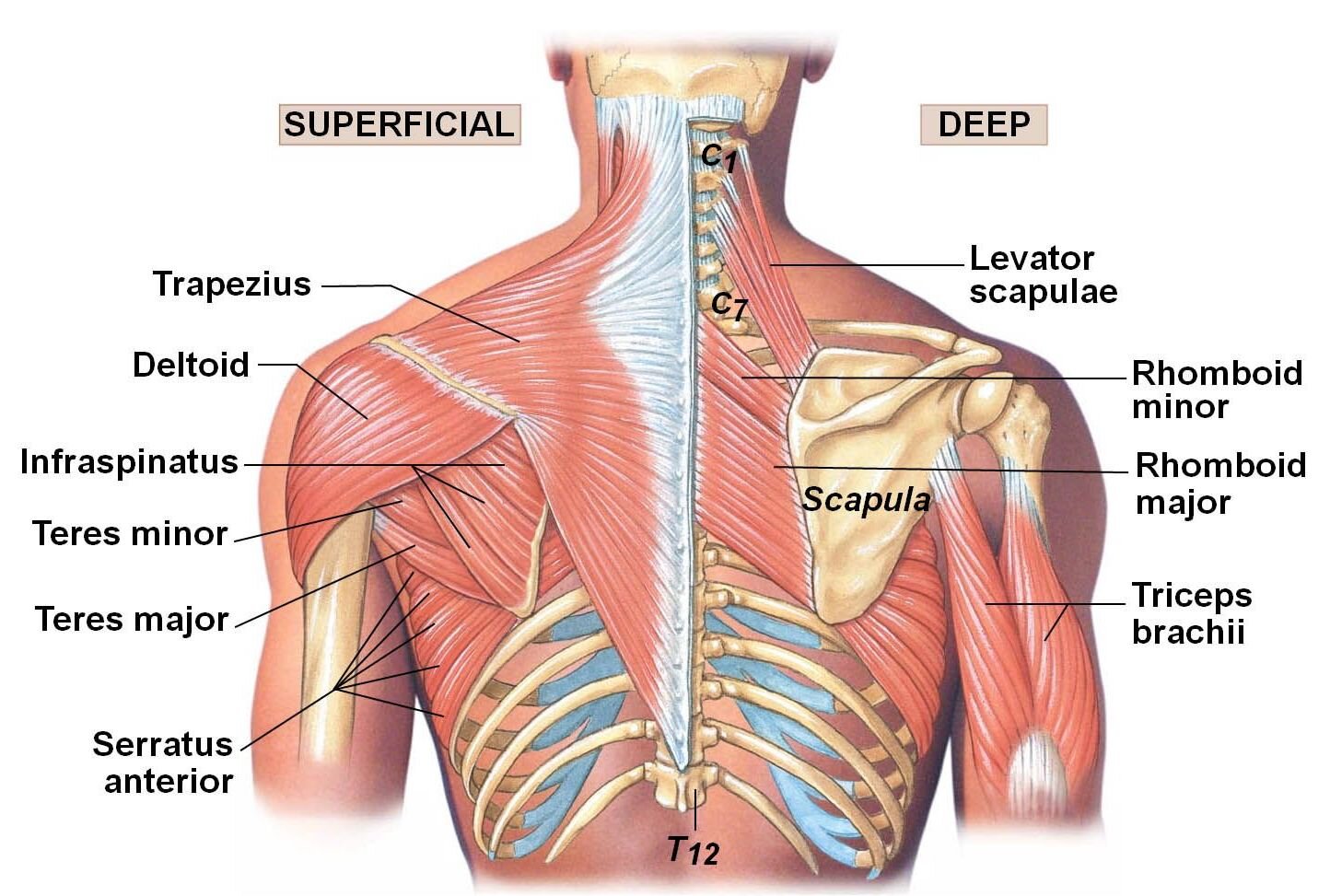
Reverse flyes, also known as rear delt flyes, primarily target the posterior deltoids, which are the muscles at the back of the shoulders. However, this exercise is multifaceted and engages several additional muscle groups throughout its execution, making it an effective compound movement for upper body development. Here’s a breakdown of the muscles worked during reverse flyes:
Primary Muscle Group
- Posterior Deltoids: The main target of the reverse flyes, responsible for moving the arm away from the body in the transverse plane. Strengthening the posterior deltoids contributes to balanced shoulder development and improves posture.
Secondary Muscle Groups
- Rhomboids: Located between your shoulder blades, the rhomboids play a crucial role in retracting the scapula, which is a key movement in reverse flyes.
- Trapezius: The trapezius muscle, particularly the middle and lower fibers, is engaged during the scapular retraction and depression that occurs in this exercise. This muscle extends along the back of the neck and shoulders and down the middle of the back.
- Infraspinatus and Teres Minor: These muscles are part of the rotator cuff and assist in the external rotation of the shoulder joint during the movement.
- Erector Spinae: Although not the primary target, the erector spinae muscles, which run along your spine, work to stabilize your back during the hinge position required for reverse flyes.
Supporting Muscle Groups
- Serratus Anterior: While its role is more supportive, the serratus anterior helps with the stabilization of the scapula.
- Latissimus Dorsi: The lats may also be engaged to some extent to stabilize the body during the exercise.
In addition to these muscles, performing reverse flyes with proper form requires engagement from the core muscles to maintain stability and posture throughout the movement. This broad engagement across various muscle groups makes reverse flyes a comprehensive exercise for improving upper body strength, posture, and shoulder health.
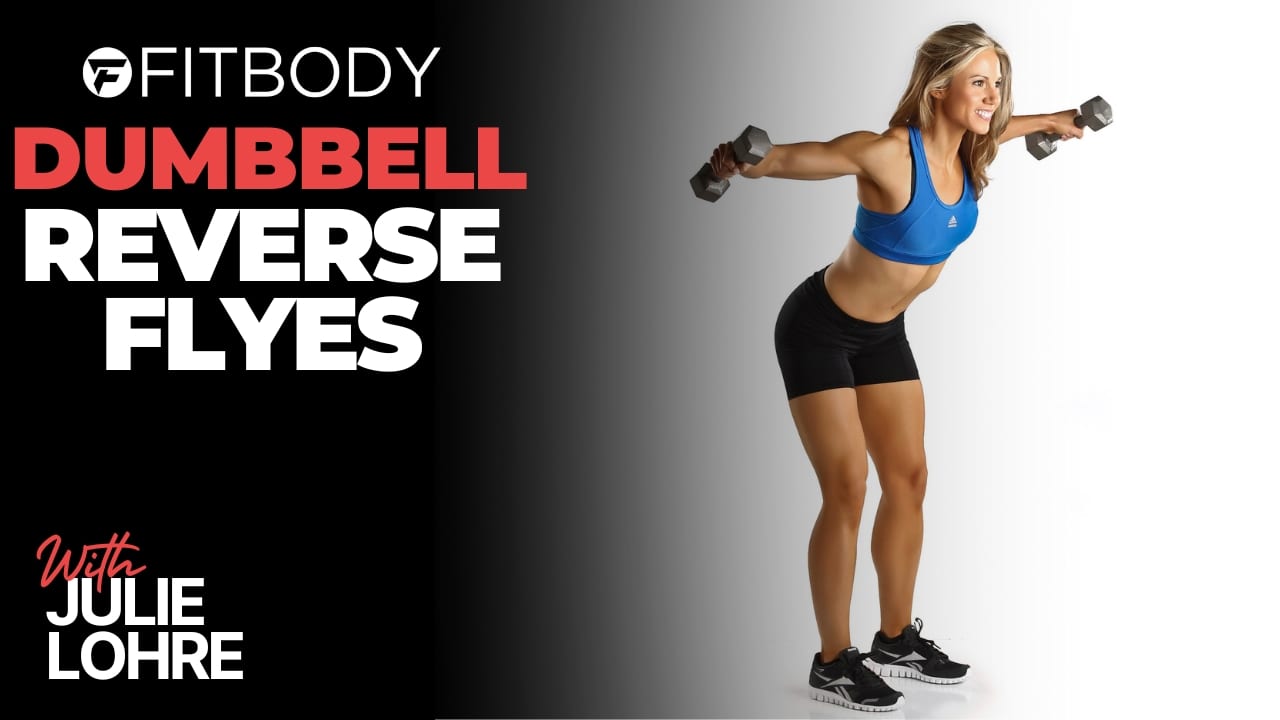
Are reverse flys bad for rotator cuff?
Reverse flys, when performed with proper form and appropriate weight, are generally not bad for the rotator cuff. In fact, they can be beneficial for strengthening the muscles around the rotator cuff, which includes the infraspinatus and teres minor, as well as improving overall shoulder stability and mobility. These benefits are crucial for both everyday movements and athletic activities, contributing to a lower risk of shoulder injuries.
However, like any exercise, reverse flys carry a risk of injury if not done correctly, especially to the rotator cuff and other shoulder components. Here are some key considerations to ensure reverse flys are safe and effective for your rotator cuff:
Proper Form
Maintaining the correct form is paramount. This means:
- Keeping a slight bend in the elbows throughout the movement.
- Avoiding lifting the weights too high; arms should be parallel to the floor at the top of the movement.
- Ensuring the movement is controlled, especially during the eccentric (lowering) phase.
- Avoiding shrugging the shoulders up towards the ears, which can place undue stress on the neck and shoulder area.
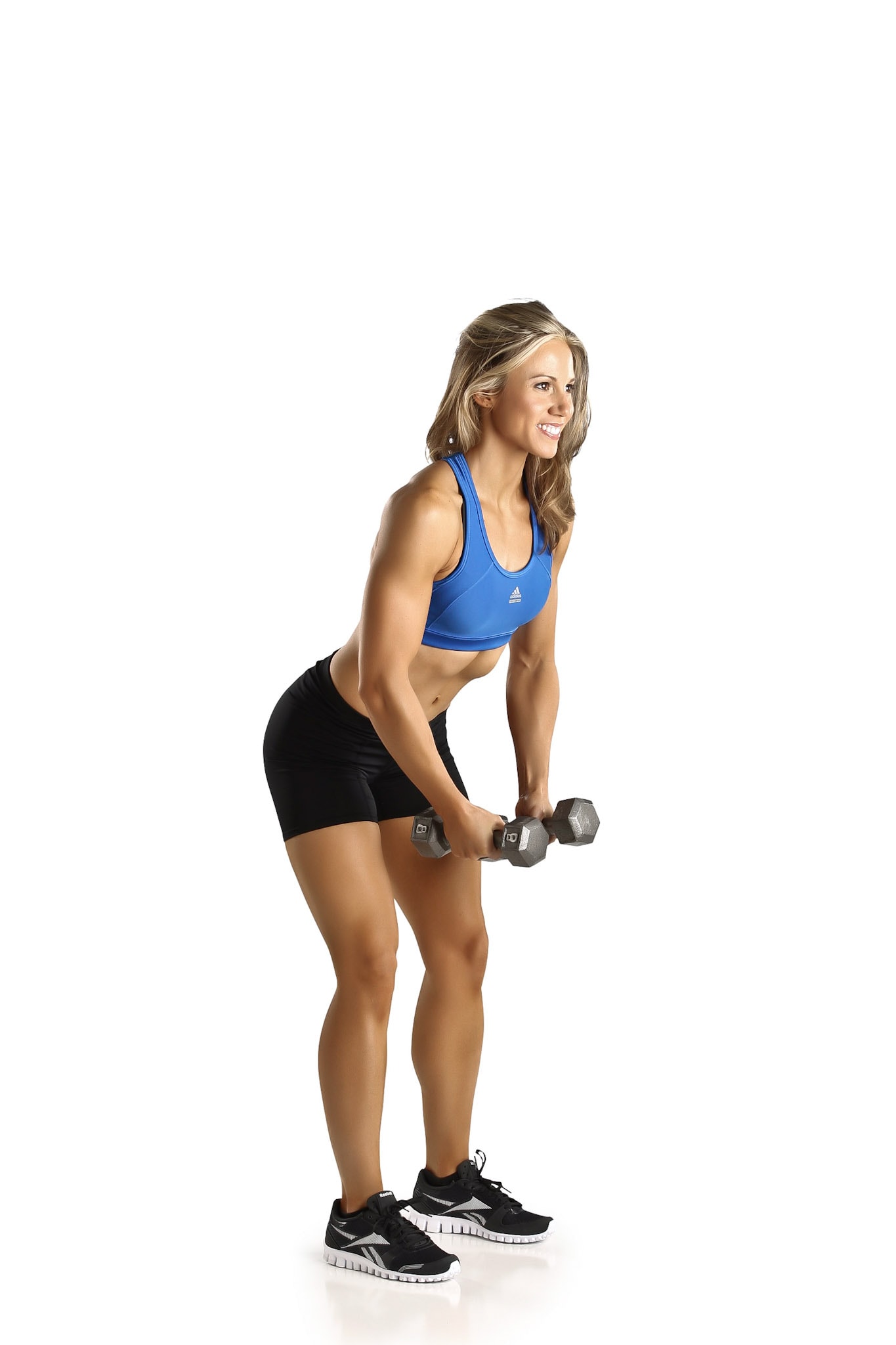
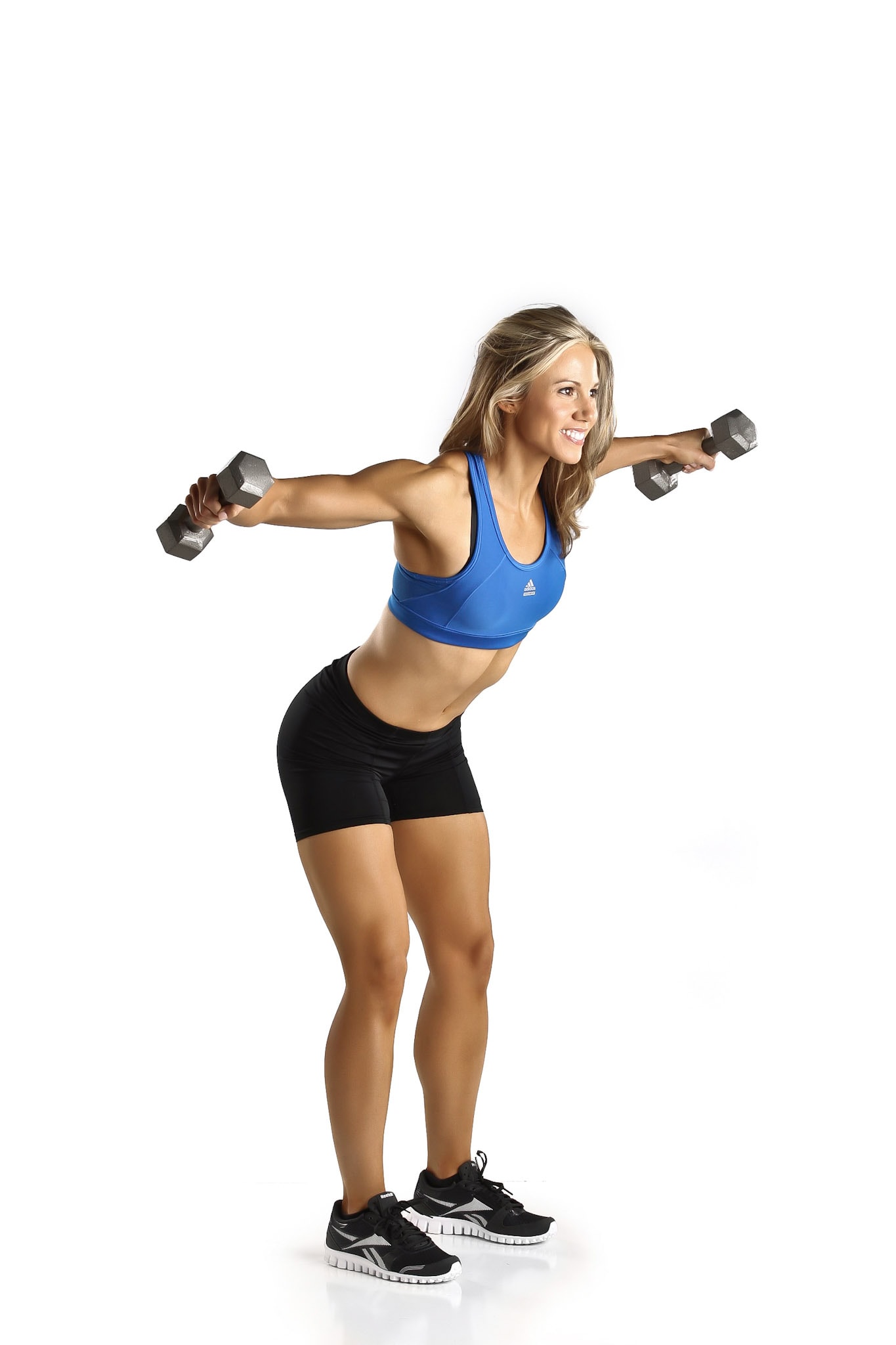
Appropriate Weight
Using weights that are too heavy can compromise form and put excessive strain on the rotator cuff muscles and tendons. It’s better to start with lighter weights and focus on the correct form, gradually increasing the weight as strength improves.
Controlled Movements
Performing the reverse flye exercise with controlled, smooth movements can help prevent injury. Jerky or rapid motions can increase the risk of straining or tearing muscles and tendons.
Strengthening and Flexibility
Incorporating a balanced shoulder workout that includes exercises for all parts of the deltoids, as well as the rotator cuff, can help prevent imbalances that might lead to injury. Additionally, regular stretching and mobility exercises can maintain and improve range of motion in the shoulder joint, contributing to overall shoulder health.
Listen to Your Body
If you experience pain (other than normal muscle fatigue) while performing reverse flys, stop the exercise. Pain could indicate improper form or an underlying issue that needs to be addressed. Consulting with a fitness professional or a physical therapist can provide personalized guidance and modifications to avoid injury.
In summary, reverse flys are not inherently bad for the rotator cuff and can be part of a comprehensive approach to strengthening and stabilizing the shoulder. Attention to form, weight selection, and overall shoulder health are key to maximizing the benefits of this exercise while minimizing the risk of injury.
Scientific Research Appendix
Campos, Yuri A. C., et al. “Different Shoulder Exercises Affect the Activation of Deltoid Portions in Resistance-Trained Individuals.” Journal of Human Kinetics, vol. 75, no. 1, 31 Oct. 2020, pp. 5–14, https://doi.org/10.2478/hukin-2020-0033.
Coratella, Giuseppe, et al. “An Electromyographic Analysis of Lateral Raise Variations and Frontal Raise in Competitive Bodybuilders.” International Journal of Environmental Research and Public Health, vol. 17, no. 17, 19 Aug. 2020, p. 6015, https://doi.org/10.3390/ijerph17176015.
Bergquist, Ronny, et al. “Muscle Activity in Upper-Body Single-Joint Resistance Exercises with Elastic Resistance Bands vs. Free Weights.” Journal of Human Kinetics, vol. 61, no. 1, 23 Mar. 2018, pp. 5–13, https://doi.org/10.1515/hukin-2017-0137.
Valdés-Badilla, Pablo, et al. “Effectiveness of Elastic Band Training and Group-Based Dance on Physical-Functional Performance in Older Women with Sarcopenia: A Pilot Study.” BMC Public Health, vol. 23, no. 1, 27 Oct. 2023, https://doi.org/10.1186/s12889-023-17014-7.

